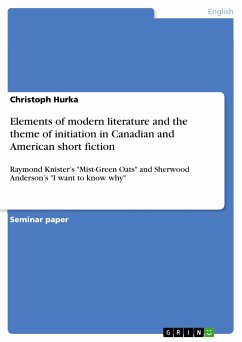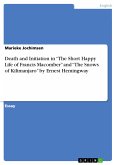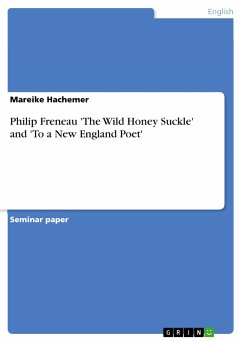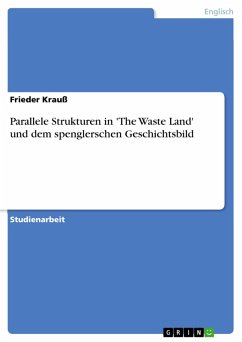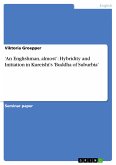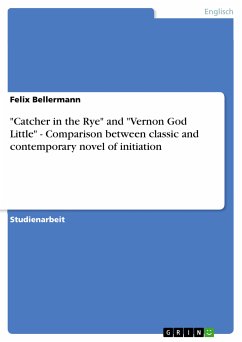Essay from the year 2003 in the subject English Language and Literature Studies - Literature, grade: 2+ (B), The University of Sydney (Anglistics), course: Life Writing (Biographies and Autobiographies), language: English, abstract: In almost any story of childhood and adolescence the topic of death plays a major role. Especially in autobiographies that begin with early childhood, death is usually addressed at some point within the story and can often be seen as central to the child’s initiation process. It is in a child’s first confrontations with death that it learns about loss and sorrow and begins to understand the finiteness of life. However, experiences with death tend to be very different for each individual child and each child has different ways of addressing death, and coming to terms with it. This essay will examine death as an experience of initiation in the autobiographies To the Is-Land by Janet Frame and The Twelfth of Never by Louis Nowra. Looking closely at both of the authors’ early confrontations with death the essay will then seek to examine common themes of death (e.g. the power of death, the mystery of death) and will then look at the different ways that death becomes significant to both characters individually. In To the Is-Land it is the loss of Frame’s Grandmother that first confronts young Janet with the reality of death. However, it seems questionable whether Janet at this point already grasps the finality of death. Her grandmother’s death seems to provoke curiosity rather than grief. This is illustrated by the fact that Janet’s concern is more directed towards the decision of whether to look at her dead grandmother lying in her coffin, or not, than it is towards actually feeling sorrow at the loss of a loved person. Her refusal to “look on the face of the dead”1 at the same time confronts her with the connection of death and power, even if this connection is drawn in a childlike and slightly bizarre way. “When Myrtle came out of the room, I could see in her face the power of having looked at the dead.”2 1 Janet Frame, To the Is-Land, p. 23 2 IBID


